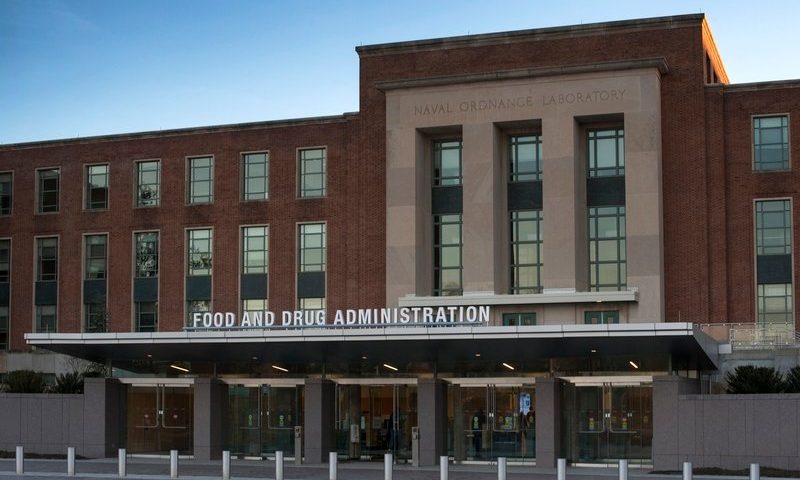The FDA is opening its doors to a new category of hearing aids that can be sold over-the-counter, without prior medical exams or appointments with a specialist.
The long-awaited proposal aims to lower the cost of hearing devices while also broadening access, by allowing them to be sold directly to consumers either in-store or online.
After the FDA was first directed by Congress to pursue over-the-counter hearing aids in 2017, President Joseph Biden re-upped that regulatory missive by executive order this past summer. The FDA’s move also comes as more hearing aid manufacturers—and consumer electronics companies such as Bose—have pursued devices that can be self-programmed by the wearer, without the need for a scheduled fitting by an audiologist.
“Reducing healthcare costs for everyone in America is a top priority,” HHS Secretary Xavier Becerra said in a statement. “Today’s move by FDA takes us one step closer to the goal of making hearing aids more accessible and affordable for the tens of millions of people who experience mild to moderate hearing loss.”
The agency estimates that about 15% of adults in the U.S. report some trouble hearing, but only about 20% of people who could benefit from hearing aids use the devices. While hearing aids can be expensive, the FDA said those sold in retail stores will likely be cheaper and eventually provide more options compared to those sold in doctor’s offices.
The proposed rule (PDF) would amend existing regulations governing the sale of certain air-conduction hearing aids—sound amplifiers typically worn behind the ear or in the ear canal, without the need for an implant—while also addressing state-level controls that may require hearing aids to be purchased from a licensed dispenser, the FDA said.
Hearing aids and implants for severe hearing loss, or for users under 18, would still require a prescription.
The new rule also sets a maximum volume limit for over-the-counter devices, as well as performance, design and labeling requirements to ensure they cover the correct range of frequencies while controlling distortion and noise.
The speaker manufacturer Bose officially launched its direct-to-consumer hearing aid earlier this year, after first receiving a groundbreaking FDA clearance in 2018. Priced at $850 for a pair, the device rings in far under the cost of traditional hearing aids, which have ranged in the thousands of dollars. The company also offers the typical trimmings that come with consumer goods, such as a 90-day trial period.
While it could be sold online—with Bose’s initial rollout focusing on a handful of states—it was not strictly considered an “over-the-counter” device. This could change, however, once the FDA finalizes its rule through its notice-and-comment regulatory process.
Meanwhile, industry heavyweight GN Hearing this year revamped its Interton portfolio with the addition of 10 new smartphone-connected hearing aids, allowing users to stream music, take phone calls and adjust their settings.
And last year, newcomer Eargo raised $71 million in venture capital funding for its “invisible,” in-ear, direct-to-consumer hearing aid—with an eye toward establishing a telehealth model that would allow people to purchase and program the devices without leaving their homes, which has proven to be a significant perk during the COVID-19 pandemic.
In the future, Apple may build hearing aid-like functionality into their AirPods, according to a report from the Wall Street Journal, which said the tech giant is also studying their potential as a health device to measure a person’s temperature and posture. Apple recently launched a “conversation boost” feature which amplifies people talking in front of the wearer.

